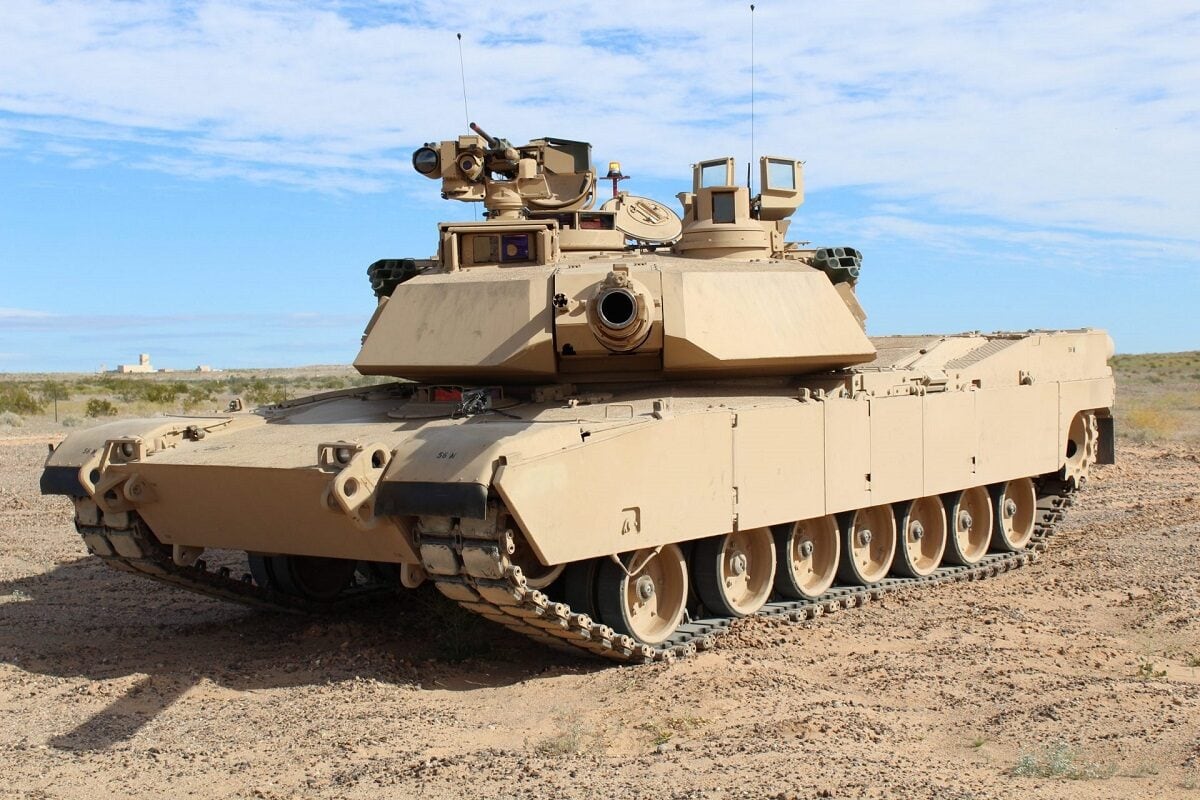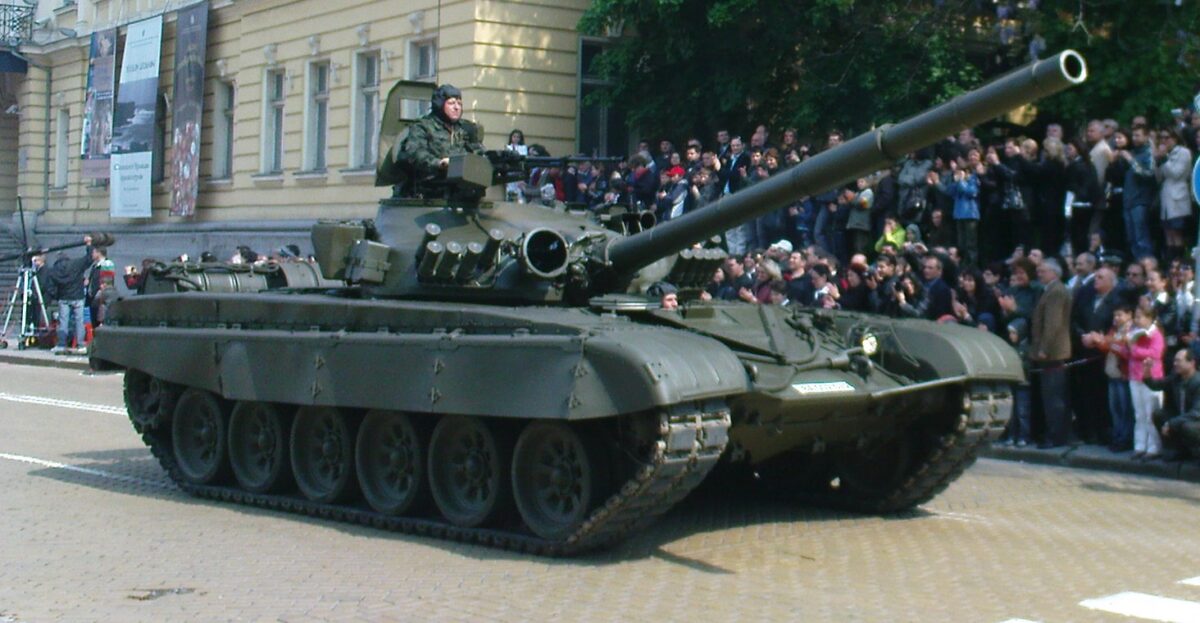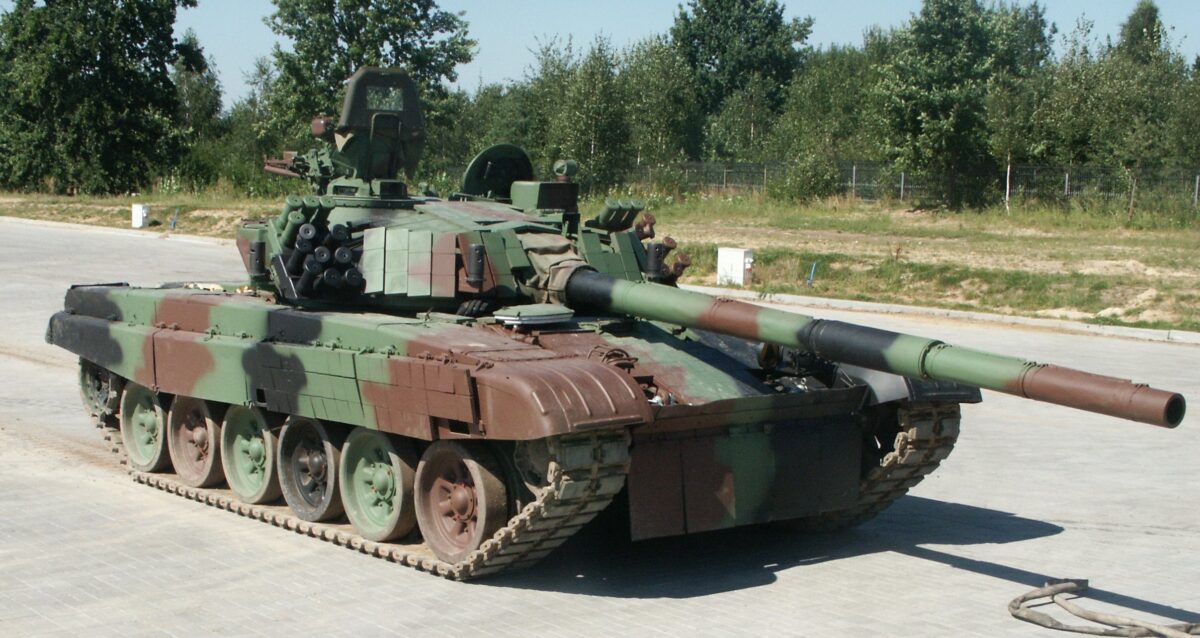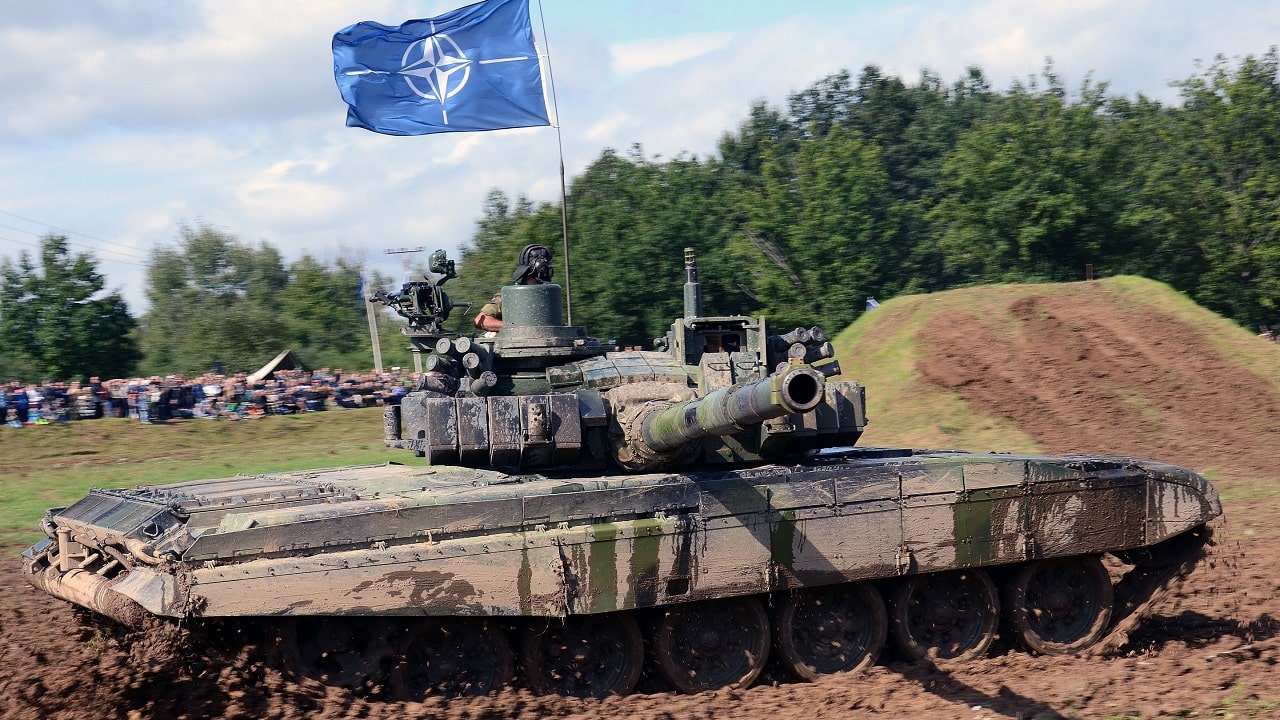NATO could send tanks to Ukraine. Here are the options: In a speech to NATO representatives on March 24 Ukrainian president Zelensky argued it was time for the alliance to send, or even sell if need be, much bigger weapon systems than the thousands of portable weapons they have been pouring into Ukraine.
He stated “We haven’t receive a single plane. You have at least 20,000 tanks. Ukraine is asking for 500. From all of your tanks, just 500 — give them to us, sell them to us. So far we haven’t got a clear answer.”
Many defense experts were skeptical of Zelensky’s request, seeing tanks and jet fighters as flashy items that are not only more politically sensitive, but aren’t guaranteed to deliver adequate bang-for-buck due to being complex, conspicuous and logistically challenging to operate.
Indeed, in the first month of defensive warfare, portable anti-tank weapons like the Javelin and NLAW have proven highly effective at inflicting huge casualties on invading Russian armored vehicles. The Russian losses inadvertently illustrate how armored units can suffer very rapid attrition if not carefully employed with adequate infantry and artillery support.
Other systems deemed to offer rapidly useable capabilities to Ukraine corresponding to their cost/logistical burden include air defense systems (both portable and longer-range vehicle-mounted systems), artillery and counter-battery radars to suppress enemy artillery, and drones, both kamikaze and missile-armed. The U.S. government is furthermore consulting with NATO on possibly transferring rocket artillery systems and anti-ship cruise missiles too.
But on April 1, it was revealed the Biden administration was working to transfer Soviet-built tanks to Ukraine. Furthermore, Sweden announced it was approved to transfer 56 Pbv-501 infantry fighting vehicles to Ukraine, basically a Swedish modification of BMP-1 fighting vehicles extensively used by Ukraine.
Armor is for Offense
Zelensky’s request had a certain logic. Russia’s assault on Ukraine is entering a new phase as Moscow apparently gives up its ambitious objectives in western Ukraine (notably Kyiv and Odesa) and allegedly refocus on securing the Donbas region.
In response, Ukraine’s military may attempt counter-offensives over longer distances to reinforce its Donbas forces and liberates occupied cities. As many of Ukraine’s best-mechanized brigades are tied down defending Donbas, Kharkiv and Chernihiv, Kyiv could benefit from additional armored formations to mount those attacks.
One may wonder why the U.S. instead tapped its supply of thousands of surplus M1 Abrams tanks in storage? Sending those to Ukraine wouldn’t seem like a prohibitive loss.
But Ukraine has no experience operating the 60 to 70-ton Abrams and their gas-turbine engines and lacks the infrastructure to efficiently maintain and repair them. Crews and maintainers would require extensive training to use these operationally. That’s why the administration is looking for Soviet tanks already in service with Ukraine—through the M1 may still play a part in such a deal.

M1 Abrams tank.
First String, Second String, Third String
Unfortunately, Kyiv’s mainstay tank, the Kharkiv-built T-64, was never exported outside the Soviet Union and its successor states—save for some 25 T-64B1Ms sold by Ukraine to Congo in 2016.
Kyiv’s secondary tank type is the speedy T-80, another premium tank design with a slightly broader global footprint. Hypothetically, the U.S. could arrange a swap with South Korea or Egypt, which both have just over 30 T-80s (one battalion), but it’s a long shot.
That brings us to Ukraine’s third-string tank, the slower but more affordable T-72 tank, streamlined for mass-production and exported extensively abroad. Heavily upgraded T-72Bs remain Russia’s primary main battle tank today. But Ukraine also retrained around 1,300 T-72As and T-72B1s in storage.
Ukraine exported most of these T-72s abroad. But when fighting erupted with pro-Russian separatists and Russia itself in 2014-2015, Kyiv decided to reactivate the remaining hundreds to make up for T-64 losses. Ukrainian industry also began upgrading T-72s to the T-72AMT and T-72UA1 models tanks sporting advanced armor, improved engines, and gun-launched missile capabilities, as described in a companion article.
As it happens, hundreds of T-72s do also serve in NATO member states and allied governments. Which of their proprietors are willing to give them up is a political and financial matter, though. Here’s where those T-72s can be found.
Bulgaria
The Bulgarian Army operates 80 modernized T-72M2 tanks based on the T-72M1, a downgraded export variant of the T-72A. The M2 features upgraded fire control, comms, engine/transmission, and a up-tweaked smoothbore gun. In February Sofia decided to pay to further modernize at least 44 with modernized communication systems.

T-72M2 tank on Army day parade in Sofia.
As Bulgaria concluded delivery of T-72M2s to Iraq in February 2022, it seems even these upgraded vehicles might be for sale. Sofia furthermore has at least 250 more T-72As and M1s in storage. These seem plausible candidates for sale.
Czech and Slovak Republic
The Czech Republic retains just 30 heavily upgraded T-72M4CZ tanks in its 73rd Tank Battalion. The improvements, which cost a whopping $5.2 million per tank, included CV-12 1,000hp diesel engines, domestic Dyna-72 reactive armor, a laser-warning system linked to a defensive smoke grenade launcher, an Italian TURMS-T fire control system with hunter-killer capability, and Attila thermal cameras.
Prague is unlikely to give up the tricked-out T-72M4CZs, but also retains 86 older T-72M1s in storage. As the Czech government has proactively armed Ukraine, it may be willing to tap into those reserves.
The Slovakian Ground Forces also have just one battalion of roughly 20 T-72M1 tanks, but it’s not clear they have additional hulls in storage to fall back if they gave away their only tanks.
Hungary
Budapest is another NATO members planning to replace its long-serving T-72M1 fleet, in this case with cutting-edge German Leopard 2A7+ tanks. Hungary has only 34 T-72M1s in service , but a further 130 are in storage. That said Hungarian Prime Minister Viktor Orban, formerly an ally of Putin, has already refused to so send military aid to Ukraine.
Poland
The Polish Army is a big T-72 operator. It retains around 380 export-model T-72As and T-72M1s which have been (or are in the process of being) modernized to the M1R standard, which adds a KLW-1 thermal camera (7.5 mile narrow-field detection range), digital engine controls, and night vision and communication systems .
Warsaw also has over 230 domestically built PT-91 Twardy tanks based on the T-72 (some new build, others refurbished T-72As and M1s), boasting greatly improved fire-control systems and gun stabilization, 850hp S-12U engines, sensors, and Poland’s indigenous Erawa-2 reactive armor.

Polish PT-91 Twardy tank.
Warsaw has closely supported Ukraine in its moment of crisis. Furthermore, the Polish Army plans to induct 250 M1A2 Abrams tanks, and already operates German Leopard 2A4s as well.
Thus a likely arrangement is for Poland to give T-72s to Ukraine in exchange for expedited delivery of M1s from the U.S (or theoretically Leopard 2s from Germany, though Berlin lacks the necessary back inventory).
However, the Poles are very anxious a NATO-Russia war could break out on its borders with Belarus, Ukraine and even Russia’s Baltic exclave of Kaliningrad. That may make Warsaw reluctant to give away armored vehicles, unless a backfill can be arranged very promptly.
Croatia and Slovenia
In the 1980s, Yugoslavia built its own variant of the T-72M called the M-84, equipped with improved fire control and armor, and a more powerful 1,000hp engine. Two NATO members operate a 1990s-era upgrade model, the M-84A4 Sniper, which includes the Omega-84 fire control system, an improved laser rangefinder and night sight, and a British communications system.
Croatia has around 70 M-84A4s but aims to downsize to a smaller number. Slovenia has 10-20 M84A4 Snipers, with an additional 35-40 reportedly in reserve.
Other NATO T-72 Operators
North Macedonia has around 30 T-72As, but no surplus inventory to replace donations. Furthermore, the U.S. and U.K. have a few dozen of T-72s and even T-80Us tucked away research and training facilities (including some acquired from Ukraine) which could be transferred to Ukraine.
Beyond NATO
Georgia is another NATO-aspiring state sympathetic to Ukraine, given it lost 20% of its territory to a Russian invasion in 2008. However, the current ruling party favors the appeasement of Moscow, even if Georgia’s president and populous do not.
As of 2018 Georgia maintains over 140 T-72B tanks (many bought from the Czech Republic and Ukraine), some of which have been upgraded by Israel with the SIM1 package including GPS navigation, the fire control system from Poland’s PT-91, command-and-control displays, and revised passive and reactive armor.
Quality versus Usability
Any potential T-72 transfers to Ukraine would confront a dilemma. Un-upgraded T-72s would be easiest for Kyiv to integrate in its existing armor brigades—but also lack the improved capabilities that would help them survive and prevail in combat against Russia’s anti-tank weapons and more advanced T-72Bs.
Meanwhile, significantly upgraded T-72 models would have greater battlefield utility but could require special logistic support and training regimens to integrate into Ukrainian service.
Sébastien Roblin writes on the technical, historical, and political aspects of international security and conflict for publications including The National Interest, NBC News, Forbes.com, War is Boring and 19FortyFive, where he is Defense-in-Depth editor. He holds a Master’s degree from Georgetown University and served with the Peace Corps in China. You can follow his articles on Twitter.

